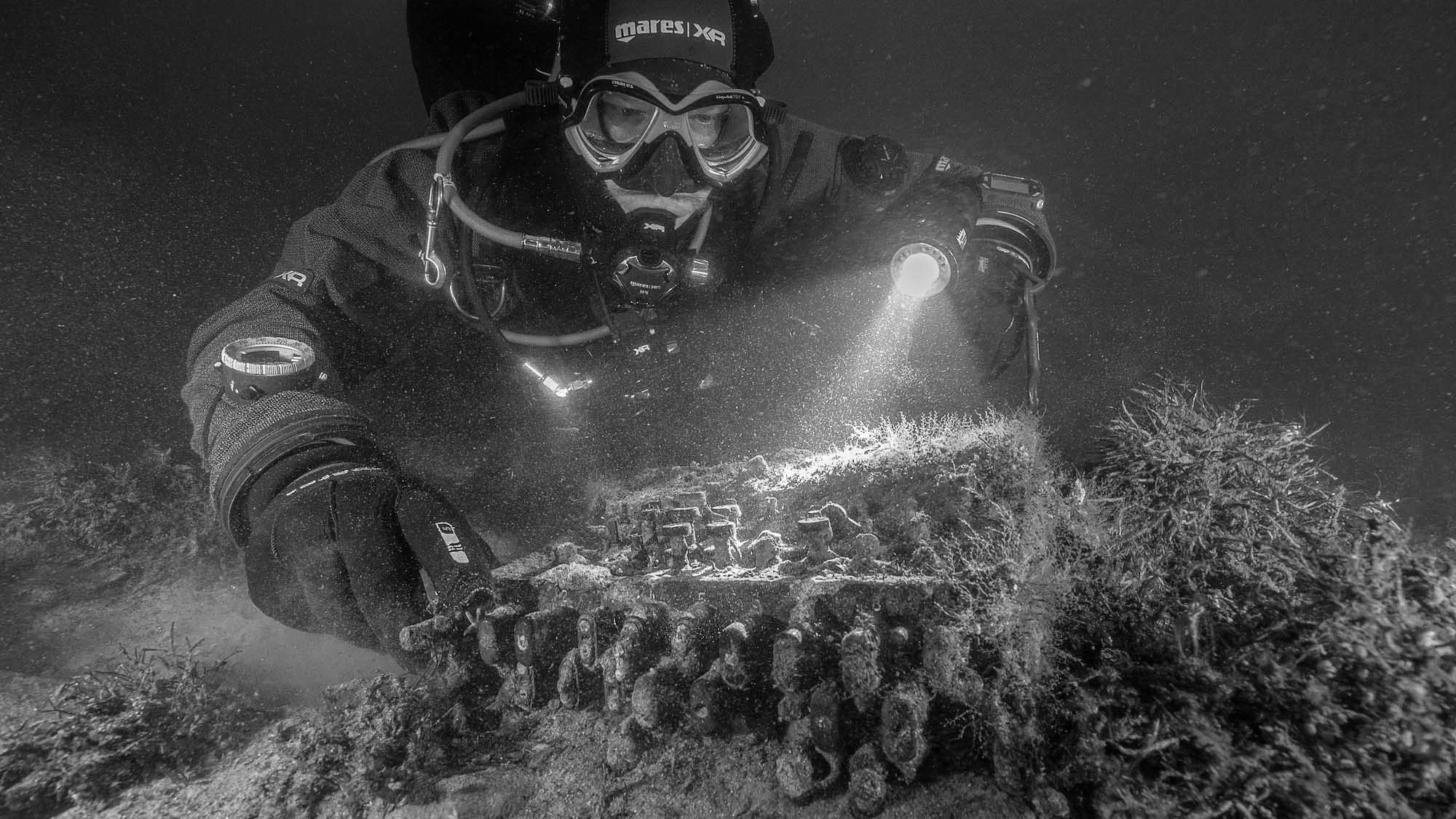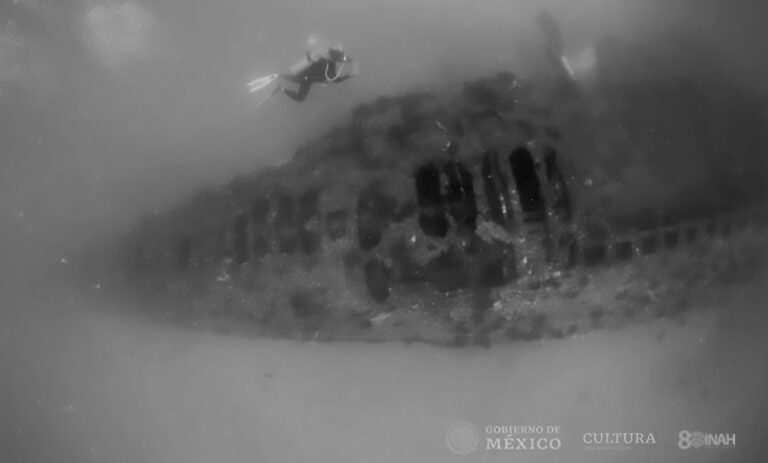A routine underwater fishing net clean-up expedition took an exciting turn when three German divers stumbled upon an Enigma machine, used by the Nazis to send and decipher coded messages during World War II.
Very few of these historic encryption machines have survived to this day. One of them surfaced on 11th November after 75 years at the bottom of Geltinger Bay on the northern German Baltic Sea coast in the federal state of Schleswig-Holstein close to Germany’s border with Denmark.
Commissioned by the World Wildlife Foundation (WWF) three divers from Kiel-based diving firm Submaris were removing ghost nets that endanger marine life when they came across an old net that had become hooked onto something quite unusual – a rusty machine of sorts.
It was only when it was brought to the surface that Submaris owner Florian Huber, who is also a trained underwater archaeologist, recognised the historical importance of their discovery.
Mr Huber told Real Press: “It was very exciting. We have been removing old fishing nets along this coastline for WWF for three years now, but this is the first time and probably also the last that we have found something as special and historically important as this.”
The Enigma machine was key to the battlefield successes of the Nazis in the early years of World War II as it allowed them to coordinate and communicate effectively without being overheard. Later in the war, however, the encryption machine became Nazi Germany’s Achilles heal when British cryptanalysts managed to break its code and secretly used it against the Nazis.
The story of how a cryptanalyst team led by mathematician Alan Turing battled to and eventually succeeded in cracking the Enigma and build a comprehensive deciphering machine that could read the coded German communication is well described in numerous books and movies, most notably in the 2014 Hollywood blockbuster “The Imitation Game”, which starred Benedict Cumberbatch and Keira Knightly in the leading roles.
Alan Turing himself committed suicide in 1954 after he had been arrested and sentenced to medical castration for “indecent behaviour” for being a homosexual, which was a punishable offence in post-war UK. He never received the accolades he deserved, but his work has since been credited with laying the foundation for modern computers, as well as saving the UK from defeat and ending the war early. The important work done by Alan Turing and his team was kept under wraps by the UK government until the 1970s.
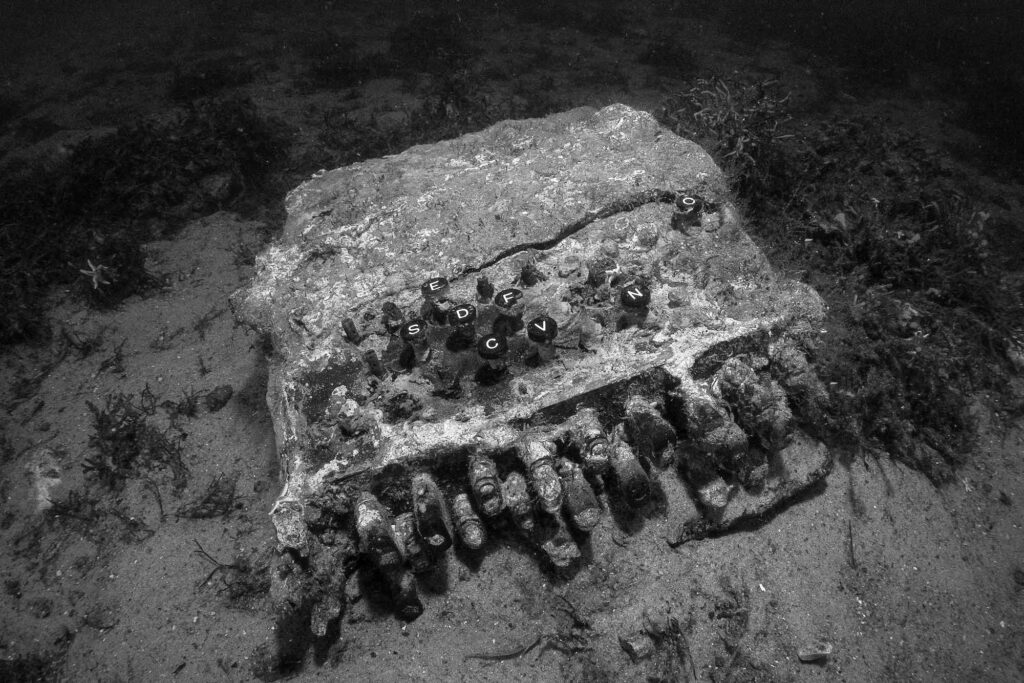
The Geltinger Bay Enigma is no longer functional after the many years submerged in salt water, but when opened up it appears to be well preserved and largely intact, Mr Huber said, declining to provide the exact location or depth of the discovery to avoid being crowded by amateur historians and treasure hunters.
The location is, however, far from coincidental, Mr Huber explained. Towards the end of World War II, Geltinger Bay served as a German submarine station, but as eventual defeat crept closer and Adolf Hitler decreed that no one was allowed to surrender, the head of the naval forces, Admiral Karl Doenitz issued the so-called Rainbow Order, instructing the naval forces to sink all ships and submarines before letting them fall into enemy hands.
On 5th May 1945, 216 submarines were blown up or sunk, among them some 50 submarines anchored at Geltinger Bay.
The sunken submarines were recovered and scrapped a few years after the war. Old ammunition is still found from time to time on the bay floor, but the enigma machine is the most precious evidence of this historic event that has been pulled out of the water in recent decades, Mr Huber said.
He has performed a preliminary examination of the machine, but hopes to find a serial number and engravings that will help him establish the place and exact time of its manufacturing, once it has been properly cleaned. Some clues have, however, already revealed themselves, he said.
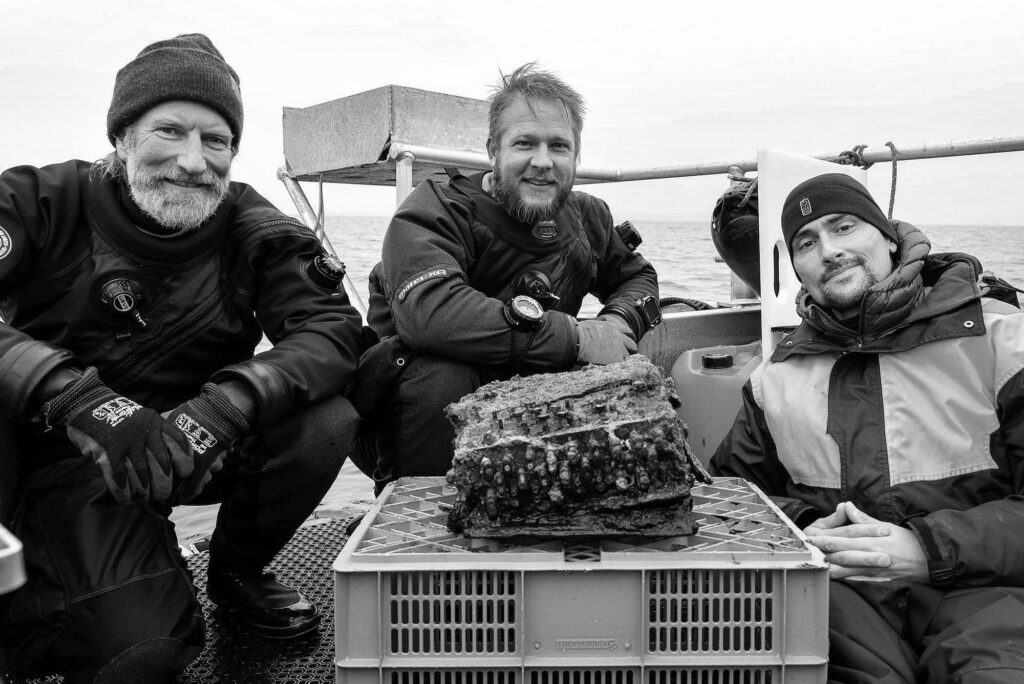
All in all, Nazi Germany produced a total of about 40,000 Enigma machines, but the vast majority of them were destroyed in 1945 as the Nazis still hoped to be able to keep their secrets. Only about 400 Enigma machines from the first and second generation have survived to this day. The first generation had only three cylinders – the wheels that were turned to create or decipher coded messages – while the second generation model had four cylinders and was used in all submarines from 1942 onwards.
Mr Huber said: “The Enigma we found has three cylinders, which means that it almost certainly didn’t come from a submarine, but most likely from one of the boats that were used when the submarines were sunk. My guess is that they threw it overboard before abandoning ship to make sure it wouldn’t be captured by the enemy.”
Enigma machines are highly coveted collectors items and museum exhibition objects today, and despite its seemingly poor condition, the Geltinger Bay Enigma would still be worth a small fortune if put on sale, according to auction house Dorotheum’s expert for scientific instruments, Simon Weber-Unger.
Vienna-based Dorotheum, Central Europe’s largest auction house, has only ever had the opportunity of selling two Enigma machines, both of them the three-cylinder kind. One was sold at an auction in June 2020, for EUR 117,800, overshooting the price estimate of EUR 30,000-40,000 by a huge margin. The other one will be auctioned off this week.
Mr Weber-Unger told Real Press: “There are several factors that make the Enigma so valuable and popular among collectors and museums. On the one hand, it marks early computer history, on the other, it played a decisive role in World War II. It is a legendary piece of machinery.”
Based on the photographs and footage of the Geltinger Bay Enigma, Mr Weber-Unger estimates that it could be worth between EUR 30,000 and EUR 50,000 if it ever comes under the hammer.
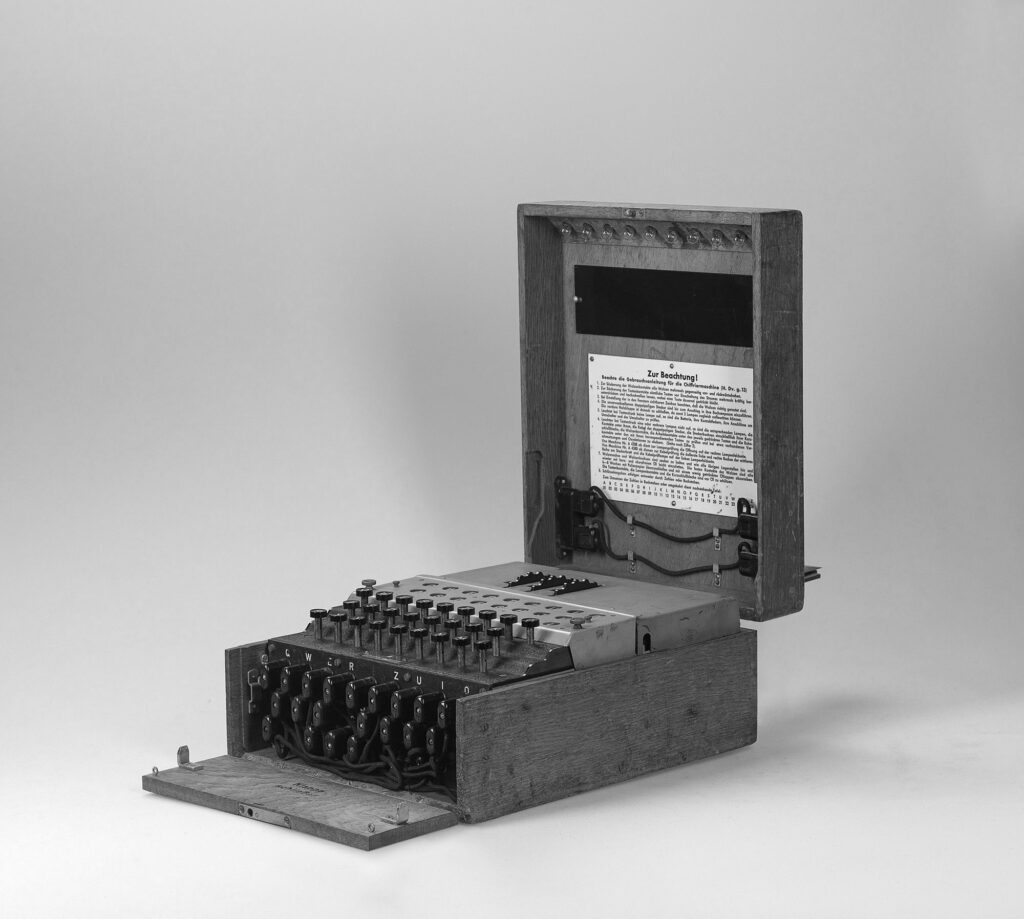
That’s not very likely to happen, though, Mr Huber said. The Enigma is classified as cultural heritage and as such belong to the state. For a start, it will be transferred to the Archaeological Museum in nearby Schleswig for a thorough examination.
Mr Huber said: “It does happen from time to time that an Enigma machine is found sitting in a loft somewhere, but what makes this particular Enigma extremely interesting in my view is that it can be placed in a very specific and significant historical context. That’s extremely rare. It is my hope that it will become part of the regional history museum’s permanent world war collection.”
To find out more about the author, editor or agency that supplied this story – please click below.
Story By: Flemming Emil Hansen, Sub-Editor: Joe Golder, Agency: Real Press
The Ananova page is created by and dedicated to professional, independent freelance journalists. It is a place for us to showcase our work. When our news is sold to our media partners, we will include the link here.

